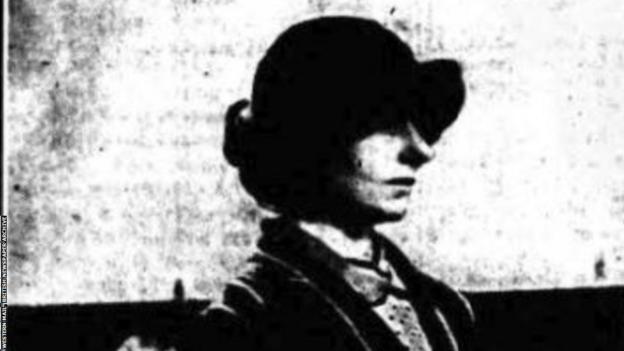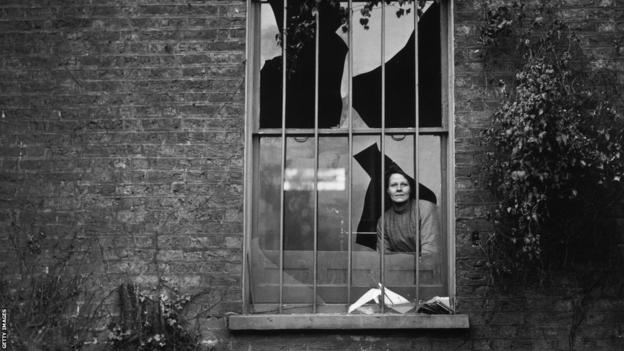
Sign up for notifications to the latest Insight features via the BBC Sport app and find the most recent in the series here .
On a cold, crisp February evening under the cover of darkness, a woman stealthily creeps towards Wimbledon’s empty grandstands and pristine grass courts.
She climbs the hedge, carrying in her bag five tins of paraffin oil, a bundle of firelighters, a package of wood shavings and two boxes of matches.
She picks her spot, places her bag on the court and readies the ingredients – preparing to decimate one of Britain’s most famous sporting venues.
It is just one incident in a year of protests at major sporting events; the latest attempt to win hearts and minds on an issue that divides the country and provokes anger on both sides of the argument.
But the year in question is 1913.
There is one final item in the woman’s bag – a piece of paper. On it is written ‘No peace until women get the vote’.

“The suffragettes are the largest domestic terror organisation who ever operated on British soil, they have no equivalent,” says historian Dr Fern Riddell.
“They were on another scale to anything else. There were hundreds and hundreds of attacks, with hundreds of people in prison and nobody ever talks about that fact.”
Their cause is better remembered than the methods through which it was pursued.
In the early part of the 1800s, the thought of women having the right to vote in the United Kingdom was completely alien to many.
In 1831, only a tiny part of British society – around 4,500 property-owning men or 0.2% of the total population – could take part in parliamentary elections.
The following year, the Reform Act extended the vote to more men, but explicitly barred women from the polling booth.
By the early 20th century, after 60 years of peaceful protests, handing out pamphlets and making polite requests to government to give women the right to vote, many members of women’s suffrage movements were growing tired and frustrated.
“There were lots of people who didn’t support suffrage – suffrage is a very complicated idea for a lot of people, as bizarre as that may seem today,” said Dr Riddell, author of Death in Ten Minutes, a biography of suffragette bomber Kitty Marion.
“The idea of women having the vote was not hugely supported.”
The suffragettes decided they needed to up the ante.

Click Here to Read the Full Original Article at BBC Sport – Tennis…

